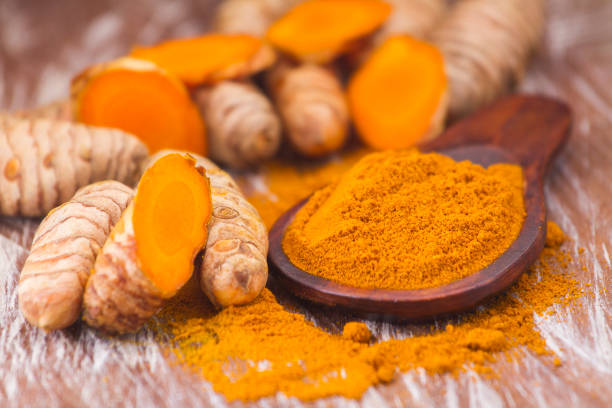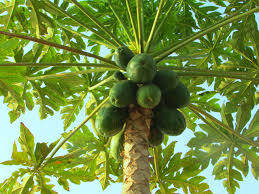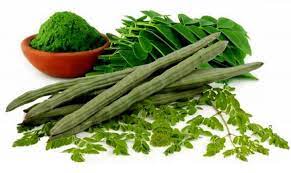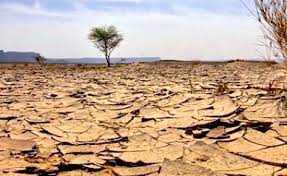
Turmeric is botanically called Curcuma Longa Linn and belongs to the same family (Zingiberaceae) as ginger. Turmeric is a tropical perennial plant, native to India and Indonesia and is cultivated throughout the tropics around the world. It is also known as the “golden spice of life” and is one of the most essential spices used as an important ingredient in culinary all over the world.
The active substance of turmeric (Curcuma longa), curcumin, has multiple therapeutic properties such as anti-inflammatory, antioxidant and cancer prevention. The largest turmeric producers are India, China, Indonesia, Bangladesh, Myanmar and Vietnam. India is the world’s largest producer and exporter.
India accounts for over seventy-eight percent (78%) of the annual production for turmeric. India is followed by China and Myanmar in Asia.
United Arab Emirates (UAE) is the major importer of turmeric from India accounting for eighteen percent (18%) of the total exports followed by United States of America (USA) with eight percent (8%). The other leading importers are Bangaladesh, Japan, Sri Lanka, United Kingdom, Malaysia, South Africa, Netherland and Saudi Arabia.
All these countries together account for seventy-five percent (75%) of the world imports and Asian countries are the main suppliers to the entire world. The remaining twenty-five percent (25%) is met by Europe, North America and Central and Latin American countries.
United States of America imports ninety-seven percent (97%) of its turmeric requirement from India and the remaining portion from the Islands of the Pacific and Thailand.
Out of the total global production UAE accounts for eighteen percent (18%) of the imports, followed by USA(11%), Japan(9%), Srilanka,UK, Malaysia together accounting for seventeen percent (17%).
Nigeria is the fourth largest producer of turmeric with about three percent (3%) of the global annual production. Nigeria can play a leading role in turmeric production considering the prevailing favorable soil and climatic conditions in the country.
Turmeric like ginger is now one of the main cash crops supporting the livelihood and improving the food, health and economic level of many turmeric growers and users in the main producing areas.
In Nigeria, Turmeric is cultivated in nineteen (19) states and cultivation can be done from May-June and July August depending on the variety and location. Turmeric matures between seven to nine (7-9) months depending on the variety.
Turmeric can be processed into a wide variety of products. Turmeric powder is a bright yellow powder prepared by dry grinding of mature turmeric rhizomes which is an underground stem. It is a form of spice which contains almost no calories and zero cholesterol.
It is rich in dietary fibre, iron, potassium, magnesium and vitamin B6. The powder is also used as a colouring agent in South Asian cuisines. The leaves of the turmeric plant also impart a distinct flavour. These leaves are used to wrap and cook food.
The benefits of turmeric are largely due to its phytochemistry. The compounds in turmeric, called curcuminoids such as curcumin, demethoxycurcumin, and bisdemethoxycurcumin offers several advantages to human health and beauty. Turmeric also contains volatile oils namely turmerone, atlantone, and zingiberene. Other constituents of turmeric are proteins, resins, and sugars.
Increasing demand of turmeric owing to increasing use of turmeric in food industry is a key factor driving growth of the global turmeric market. In addition, growing demand for herbal cosmetics products coupled with increasing use of turmeric in cosmetic products are the other factors expected to fuel the market growth in the forecast period.
Moreover, increasing consumer interest towards organic turmeric and increasing research and development in medical applications of turmeric are likely to drive market growth.
The global market for turmeric estimated at one million, one hundred thousand (1,100,000) metric tonnes in 2020, is projected to hit one million, five hundred thousand (1,500,000) metric tonnes by 2027 by ReportLinker, an international economic research report.






















